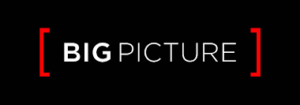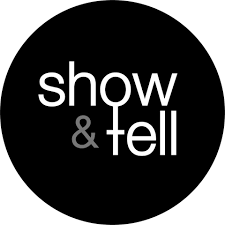As we head into the final stretch of the course, your focus will be on developing your Unit 3 project. That will unfold through a few different steps. this week. Please read on for more about what you’ll be doing (and how, when, and why).
Make sure you take the time to review comments from me and from your classmates on the blog, as well as the feedback you received from me on your research portfolio, project proposal, and project plan. I’m looking forward to seeing how these projects take shape in the coming days.
As you’re doing that work, some things to keep in mind about genre. As we’ve been discussing (see below), genre is not simply a template, but rather a response to the demands of the subject matter/author’s purpose and the needs of the audience. (This might sound familiar–this is how Graff and Birkenstein talk about their They Say/I Say templates, as starting points for organic work, rather than as static cookie-cutter patterns. Those TSIS techniques may come in quite handy as you are working to orchestrate a complex conversation among you and your sources!)
For that reason, it’s essential that you head into this drafting work with a very clear picture of your audience and a clearly articulated objective. You have free license here to invent the parameters of your rhetorical situation, and in fact you’ll need to provide a brief statement of that situation with your draft. Tell us who you’re writing for (as precisely as possible), and explain the circumstances under which that audience will receive your text (i.e. browsing through social media, sitting at a professional conference, visiting their company’s Human Resources Department or their university’s Career Services Office, etc.).
As you see from the rubric for this project (below), your project will be evaluated based upon both content and approach–how well you work with your sources to develop and communicate your ideas AND how effectively you convey that material to your given audience within the situation you have constructed. Make sure you consult the criteria listed in the rubric as you are drafting and revising.
| Content |
| Has clear research focus/question |
/2 |
| Provides appropriately detailed examination of research focus/question |
/2 |
| Provides background/examples appropriate for target readers |
/2 |
| Includes discussion of/implications for workplace culture(s) |
/2 |
| Utilizes and appropriately references source materials |
/2 |
| Subtotal |
/10 |
| Presentation of information |
| Clear visual organization of ideas/information—constructed for easy comprehension by readers in the situation you have outlined |
/1 |
| Makes effective use of visuals (graphics, images, pull-quotes, white space/background, other) to enhance reader understanding and interest |
/1 |
| Text is not marred by proofreading errors |
/1 |
| Language is clear, engaging, and audience-appropriate |
/2 |
| Subtotal |
/5 |
| TOTAL: |
/15 |
Your draft (with brief accompanying statement explaining the rhetorical situation for your text) is due by the end of the day on Friday, 7/31. Please post this to the blog. You’ll each read and respond to at least two of your classmates’ drafts by the end of the day on Saturday, and will begin revising your drafts based upon their feedback, even as you are waiting for additional feedback from me. See this post for the particulars regarding your posts:
If you would like to talk with me about your draft-in-progress or any of your other work in the course, please email me directly, and we can communicate that way or set up a time to talk by phone.
So here are this week’s tasks:
Reading
- genre samples on Blackboard–check out the Genre Samples folder in the Unit 3 readings folder to see some of the various forms that researched writing can take
- sample(s) you locate on your own of the type of text you’d like to develop–thinking about your target audience and your intended purpose, look for texts that seek to reach a similar objective
Writing
- draft of your Unit 3 research project (post to blog as link or attachment by Friday, 7/31)
- revision worksheet–considering and reconsidering your own draft as you await feedback from me and from your classmates (due by Sunday, 8/2)
- discussion work as outlined in the post below:
Discussion prompt for Week of 7/27


